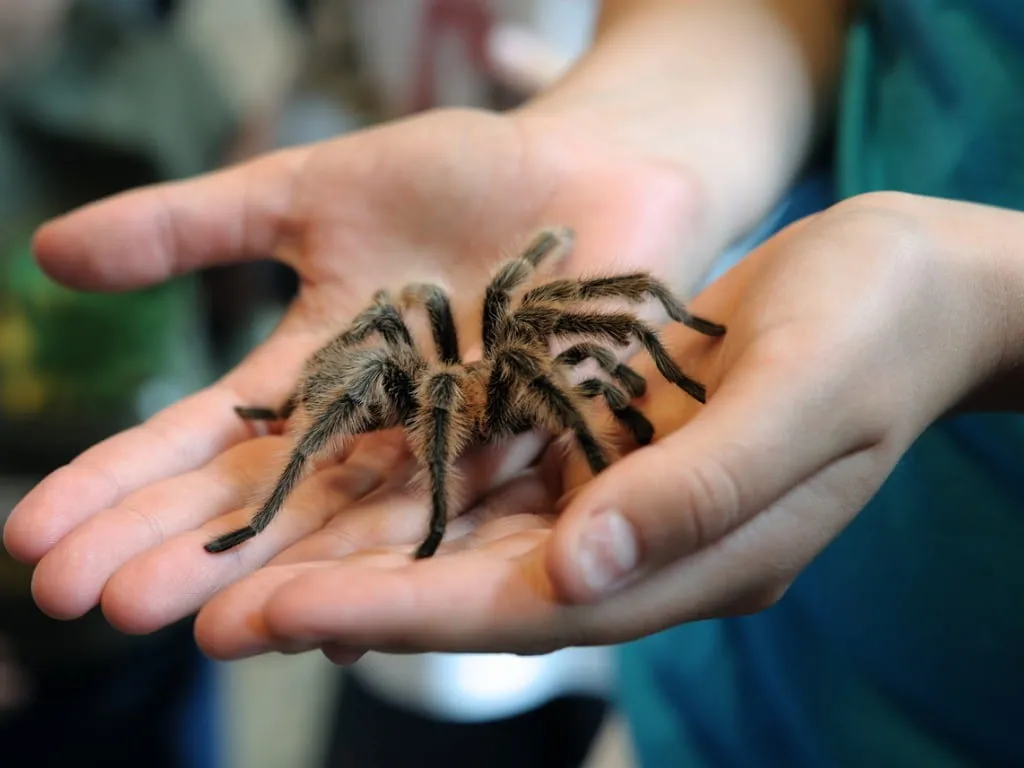What Makes a Tarantula Dangerous
Tarantulas, while often perceived as fearsome creatures, vary significantly in their potential to cause harm. The level of danger posed by a tarantula isn’t solely determined by its size or appearance but is a complex interplay of several factors. Understanding these elements is crucial for both enthusiasts and those who might encounter these spiders in their natural habitats. This understanding allows for responsible interaction and the ability to minimize risks, highlighting the need to approach these creatures with informed caution and respect for their natural behaviors and potential hazards.
Venom Toxicity Levels
The toxicity of tarantula venom is a primary factor in determining how dangerous a species might be. Most tarantulas possess venom that is not lethal to humans but can cause localized pain, muscle cramps, and other unpleasant symptoms. However, the potency of venom varies greatly among different species. Some tarantulas have venom that is considered more potent, capable of causing more severe reactions. It is important to note that even within the same species, venom potency can differ due to factors like the spider’s age, diet, and overall health. This inherent variability makes it challenging to provide a blanket assessment of risk without considering the specific tarantula in question.
Factors Affecting Venom Potency

Several factors can influence the potency of a tarantula’s venom. These include the species’ genetic makeup, its diet, and its overall health. The environment in which the tarantula lives can also play a role, as different conditions may affect the composition of the venom. Furthermore, the age of the tarantula can impact venom potency, with younger spiders often having less potent venom compared to mature adults. Researchers continuously study these factors to better understand the risks associated with different tarantula species, which is critical for both captive care and field safety.
Species with Medically Significant Bites
While most tarantula bites are not life-threatening, some species are known to have bites that can cause more serious medical issues. These species often possess more potent venom or, in some cases, may inject a larger quantity of venom. The symptoms associated with these bites can include intense pain, swelling, nausea, vomiting, muscle cramps, and in rare cases, more severe systemic reactions. It is vital to identify these tarantulas to implement appropriate safety precautions and understand the potential risks involved. Medical attention may be required in the event of a bite from a dangerous species, particularly if the symptoms escalate or become systemic.
Identifying Potentially Dangerous Tarantulas
Identifying potentially dangerous tarantulas involves assessing several key characteristics, including physical traits, behavioral patterns, and geographical distribution. Combining this information allows for a more comprehensive risk assessment. Observing these features can significantly increase your ability to differentiate between species. Recognizing these traits helps to avoid unnecessary contact and enables appropriate safety measures, contributing to a safer interaction with these fascinating arachnids. Responsible identification is essential for both the conservation of these creatures and the protection of human safety.
Physical Characteristics
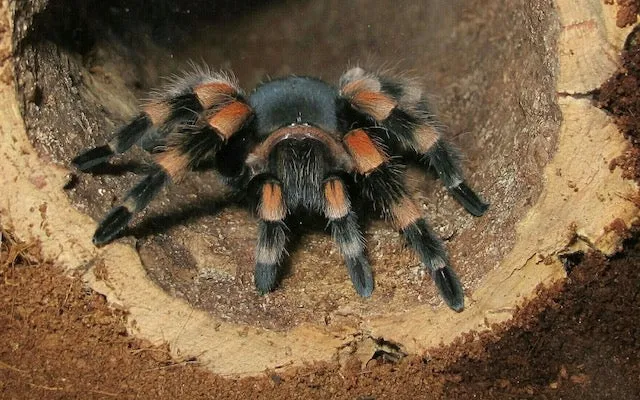
Physical characteristics provide the initial clues for identifying a potentially dangerous tarantula. Examining size, body shape, and the presence of specific features can help narrow down the possibilities. Some species exhibit unique physical traits, such as particular leg lengths, body hair patterns, and distinctive fangs. These are important for identification. The size of the tarantula is also a factor. The bigger the tarantula the more venom it can potentially inject. However, this is not always a reliable indicator of danger, since some smaller species may possess highly potent venom. These physical characteristics, when assessed in conjunction with other factors, enhance the accurate identification of potentially dangerous species.
Coloration and Markings
Coloration and markings are critical visual aids in the identification of tarantula species. Distinctive patterns and hues can vary considerably among species, aiding in their differentiation. Bright colors may indicate a warning, while cryptic coloration may serve as camouflage. The intensity and distribution of these colors often help in pinpointing the exact species. Accurate identification hinges on detailed observations of these features, helping to quickly assess the risks associated with various tarantula species. Knowledge of these markings is important for hobbyists and researchers to accurately identify tarantulas.
Behavioral Patterns
Behavioral patterns provide critical insights into a tarantula’s temperament and potential danger. Some species are known to be more defensive or aggressive than others. Observing the spider’s reactions to external stimuli, such as movement or touch, can reveal a lot about its nature. For example, a tarantula that readily displays threat postures, such as rearing up on its hind legs or raising its fangs, may be more likely to bite. These behavioral tendencies vary greatly between species, with some being docile and others being notoriously irritable. Observing these behavioral patterns is important for assessing the risk of potential interactions and helps determine the level of caution required when handling the spider.
Defensive Postures
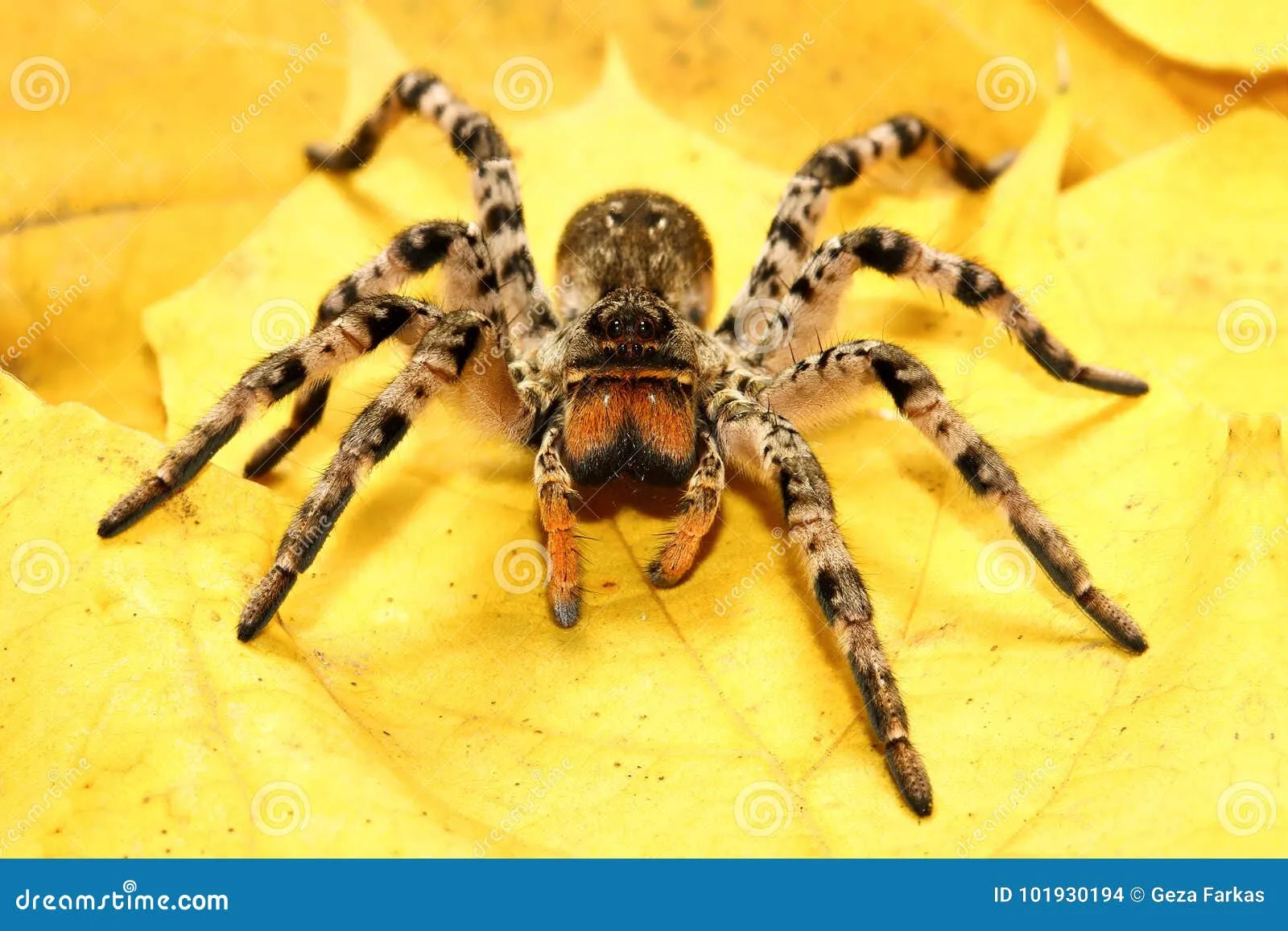
Defensive postures are immediate indicators of a tarantula’s threat level. When threatened, tarantulas often exhibit specific behaviors, such as raising their front legs, lifting their fangs, or flicking urticating hairs (in species that have them) to deter potential threats. Recognizing these defensive postures is crucial for quickly assessing the level of danger. Understanding these displays is important for interpreting the spider’s intentions and avoiding provoking it, minimizing the risk of a bite. The observation of these specific behaviors contributes directly to safer handling practices and provides essential cues for determining how to approach or interact with the tarantula.
Geographical Distribution
Geographical distribution is a critical factor in identifying tarantula species and assessing potential risks. The region where a tarantula is found provides crucial context, since different species inhabit specific areas. Knowing a tarantula’s origin can help predict its characteristics and behavior, as well as its potential danger. Species found in regions with high biodiversity may have unique adaptations and venom profiles. Understanding the geographical range is therefore important for both identifying the species and understanding the associated hazards. Geographical location is a vital component in any comprehensive assessment of a tarantula’s potential danger.
North American Tarantulas
North America is home to diverse tarantula species, each with unique characteristics. These tarantulas typically exhibit varying levels of defensiveness, with bites generally causing localized discomfort rather than severe systemic reactions. Species like the Texas Brown Tarantula and the Desert Tarantula are common in the southwestern United States and are generally considered to have a mild bite. Understanding the specific behaviors and venom potency of the North American species is crucial for handling them responsibly and preventing any harm. Localized knowledge helps to promote safe practices for enthusiasts and researchers studying these arachnids.
South American Tarantulas
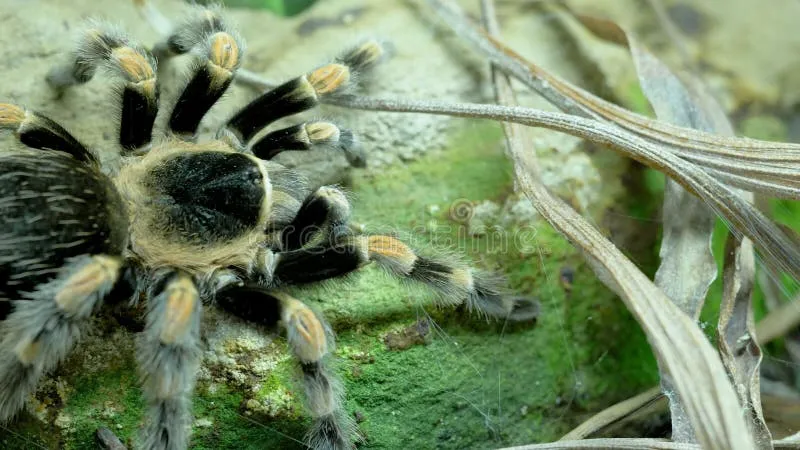
South American tarantulas are known for their wide range of species, including some that are highly sought after by enthusiasts. Some species, such as the Goliath Birdeater, can be very large, which may appear intimidating. While most species have relatively mild venom, some may possess more potent venom. It is important to handle these tarantulas with caution. Their large size and potential for defensiveness require special care. Research and understanding of each species is important for safe handling practices. This knowledge provides a base for responsible interaction and reduces the risk of potential harm.
Asian Tarantulas
Asian tarantulas display a rich diversity, including some of the more venomous species. These tarantulas exhibit varying levels of aggression and venom potency, making accurate identification and understanding of behavior particularly important. The venom of some Asian species can cause significant pain and systemic symptoms. Handling them requires advanced knowledge of the species. Their potential for defensive behavior requires safety measures to prevent bites. Due to their potential for harm, it is essential for enthusiasts and researchers to prioritize safety and conduct thorough research on any Asian tarantula species.
First Aid and Treatment
Knowing the proper first aid and treatment methods is crucial in the event of a tarantula bite. Prompt action can mitigate symptoms, reduce complications, and facilitate quicker recovery. Whether you are an enthusiast, a researcher, or someone who simply encounters a tarantula, knowing these steps is key for effective response. Appropriate first aid can reduce the severity of symptoms, and recognizing when to seek medical attention is essential to minimize any potential impact on your health.
Immediate Actions
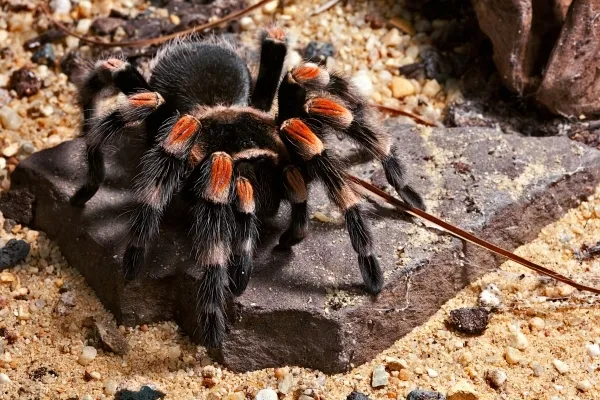
Immediate actions following a tarantula bite are critical in minimizing the impact of the venom. The first step is to remain calm to avoid increasing the heart rate. Gently clean the bite area with mild soap and water. This prevents any secondary infections. Apply a cold compress to reduce swelling and relieve pain. Monitor the bite site closely for any signs of an allergic reaction, such as hives or difficulty breathing. Prompt action can greatly reduce any discomfort and help manage initial symptoms. Documenting the time of the bite and the species of the tarantula is useful information that will aid in seeking medical attention.
When to Seek Medical Attention
Knowing when to seek medical attention after a tarantula bite is critical for ensuring your safety and well-being. If the bite causes severe symptoms such as difficulty breathing, significant swelling, intense pain, or signs of an allergic reaction, it is essential to seek immediate medical help. Any systemic symptoms such as nausea, vomiting, or muscle cramps should also prompt a visit to a doctor. If you are unsure of the tarantula species that bit you, it is safer to seek medical assistance. Early medical intervention can help prevent serious complications and ensure that appropriate treatment is administered promptly.
Preventative Measures
Adopting preventive measures is key to minimizing the risk of tarantula bites. These measures are especially important if you handle or keep tarantulas as pets. Creating a safe environment for yourself and the tarantulas is critical for the well-being of both. Following specific procedures during handling and setup and maintaining the environment can substantially reduce the likelihood of bites. This proactive approach ensures a safer, more controlled environment, enhancing the experience for enthusiasts. Prioritizing prevention is important for anyone who interacts with tarantulas to promote a harmonious relationship.
Safe Handling Techniques
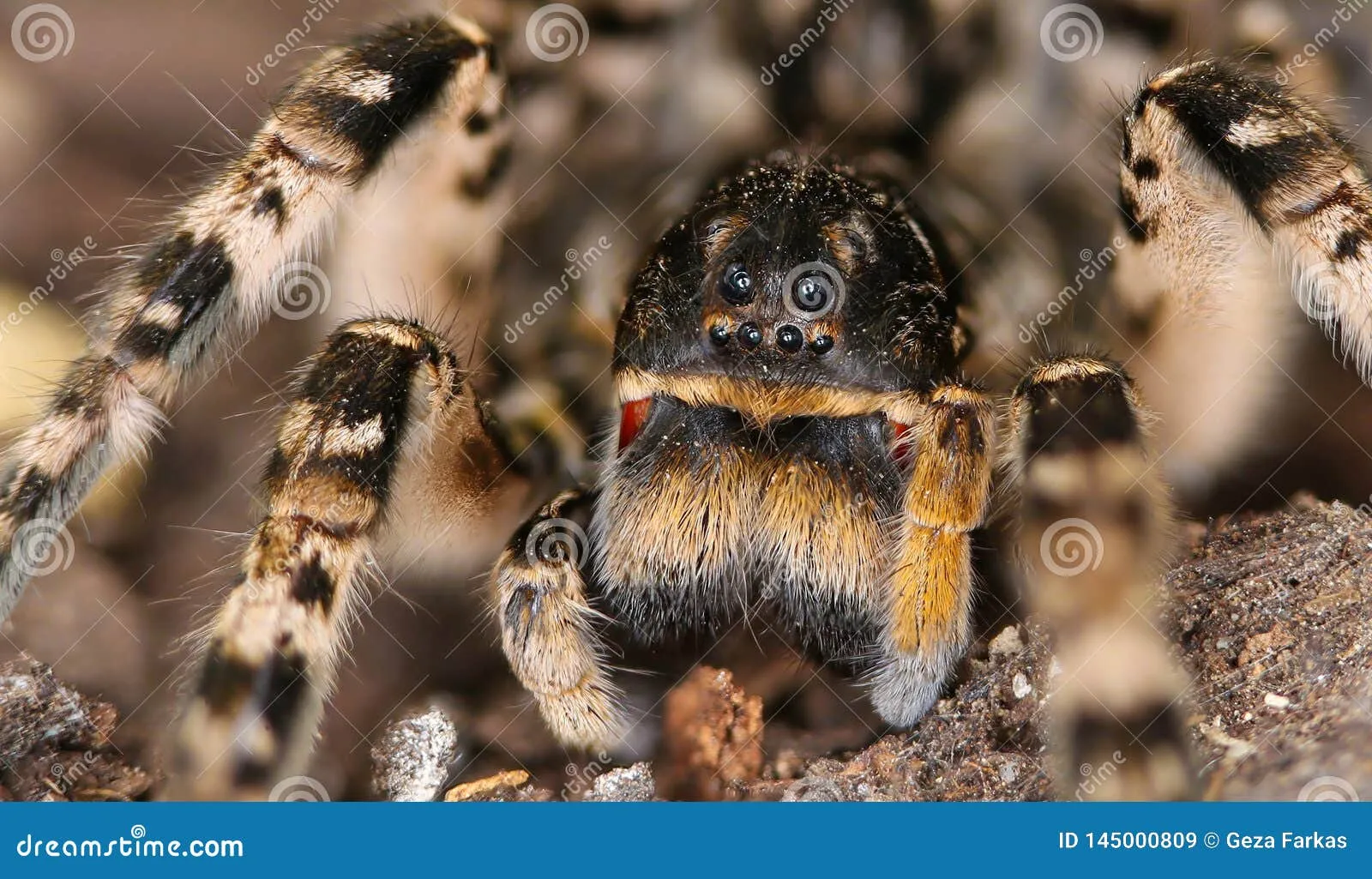
Safe handling techniques are a crucial element of preventing tarantula bites. Always handle tarantulas when necessary, and do so with caution. Wear protective gloves to create a physical barrier. Never make sudden movements near a tarantula, and avoid touching or provoking it. Always be mindful of the tarantula’s defensive postures. Gentle handling and respect will reduce the likelihood of a bite. This approach reduces the risk of bites and creates a safe environment. Careful, respectful handling ensures that both the handler and the tarantula are protected.
Appropriate Enclosure Setup
The appropriate enclosure setup is vital to prevent bites and maintain a safe environment for both tarantulas and their keepers. Choose an enclosure that is secure, with a tightly fitting lid, and one that is escape-proof. The enclosure should be appropriately sized for the tarantula. It should also replicate the spider’s natural habitat to reduce stress and promote healthy behavior. Minimize the need for direct handling to reduce the chance of accidental bites. A secure and suitable enclosure contributes greatly to the safety and well-being of the tarantula. With proper enclosure setup, the risk of accidental encounters is substantially lowered, making it easier to maintain a safe and enjoyable experience.
